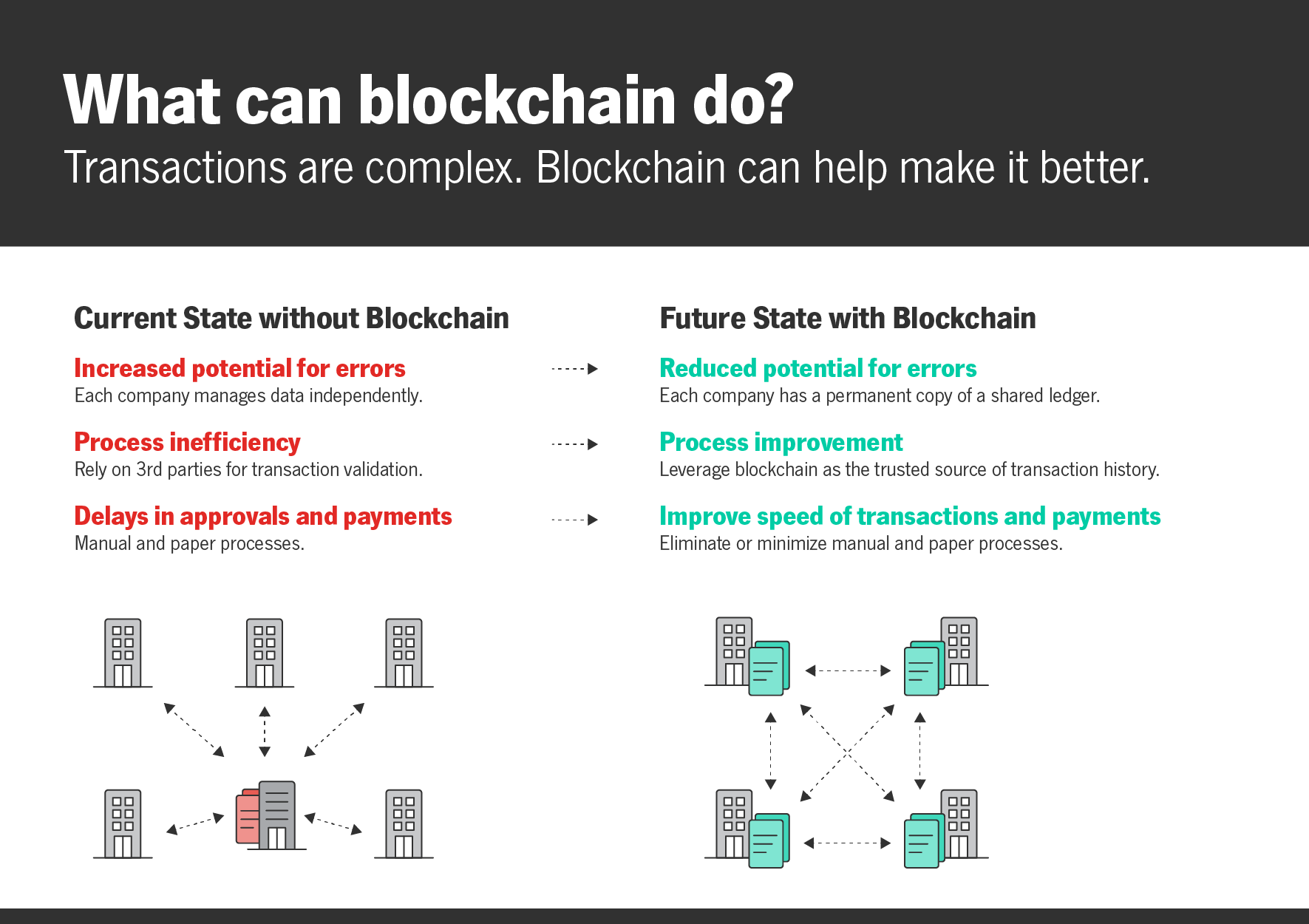State Farm® and USAA Working Together to Test a Blockchain Solution
State Farm and USAA know how important it is to invest, innovate and build for the future. During the 2019 Dig In Conference, the two insurance companies announced a joint subrogation solution, and are now using real claims data to test how blockchain technology can improve the speed of the auto claims subrogation process.
Subrogation is typically the last phase of an insurance claims process, when one insurance company recovers claim costs it paid to its customer for damages from the at-fault party’s insurance company, which includes its customer’s deductible.
“Today, subrogation is a relatively manual, time-consuming process often requiring physical checks to be mailed on a claim-by-claim basis between insurers,” says Mike Fields, Innovation Executive, State Farm. “In 2018 alone, the total amount of dollars demanded and issued through the subrogation process was over $9.6 Billion for all insurance carriers. You can imagine the time and resources required to complete these transactions.”
Companies across many industries are using blockchain technology to securely store data and manage transactions. USAA and State Farm are testing how blockchain can be used to gain efficiencies in the subrogation process by securely and automatically compiling all subrogation payment amounts, netting the balance, and facilitating a single payment on a regular basis between insurers.
“The blockchain solution we are working on has many potential benefits,” says Ramon Lopez, Vice President, Innovation, USAA. “It helps us automate a manual process securely and creates a permanent transaction record of each payment which can easily be verified for accuracy. It also has the potential to decrease the amount of time for consumers to receive their deductible reimbursement.”
The blockchain subrogation solution is the first of its kind between two major leaders in the insurance industry. The companies began working together in early 2018 and plan to continue testing to determine if the blockchain solution can be a viable product for industry adoption.
What is Blockchain?
Blockchain is a distributed ledger technology that can be used to manage transactions and store information using cryptography (i.e., mathematical algorithms and secret keys that encrypt data), peer-to-peer networking and data storage. This type of digital technology can create value for customers in ways that they wouldn’t expect from their insurance company. Subrogation is one example of where blockchain technology has the potential to reduce expenses while making processes more efficient and secure.
What is Subrogation?
Subrogation describes the right held by most insurance carriers to legally pursue a third party that caused a loss to an insured. Information about the claim is collected and the two insurance companies negotiate the claim amount. If an agreement is reached, the at-fault insurer submits payment to the other insurer on an individual claim basis. Insurance companies only share claim numbers and dollar amounts for subrogation purposes. No sensitive personal information is shared.
In the News:
- Forbes (7/18/19) State Farm And USAA See Stark Increase In Efficiency When Testing Blockchain Subrogation
Digital Insurance (4/29/19) Inside State Farm's blockchain journey
Forbes (4/16/19) Block Chain 50: Billion Dollar Babies
For over 100 years, the mission of State Farm has been to help people manage the risks of everyday life, recover from the unexpected and realize their dreams. State Farm and its affiliates are the largest providers of auto and home insurance in the United States. Its more than 19,400 agents and 67,000 employees serve over 91 million policies and accounts – including auto, fire, life, health, commercial policies and financial services accounts. Commercial auto insurance, along with coverage for renters, business owners, boats and motorcycles, is also available. State Farm Mutual Automobile Insurance Company is the parent of the State Farm family of companies. State Farm is ranked No. 44 on the 2023 Fortune 500 list of largest companies. For more information, please visit http://www.statefarm.com.




